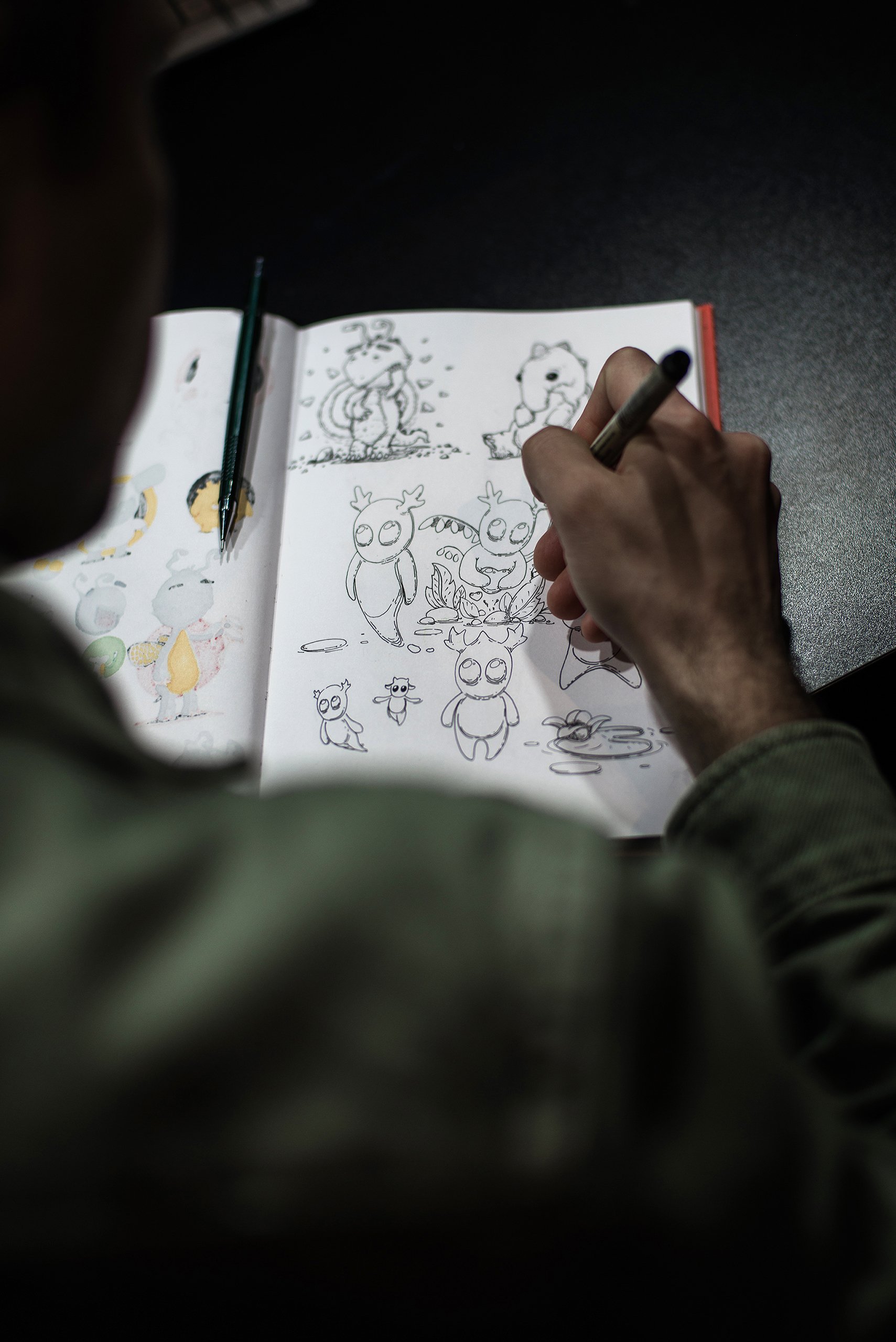I Love This App: Loóna
As someone who works in both technology and mental health, I get emails about new apps. A lot of emails. Like 5-10 a week. For the most part, I scan through the press releases and just keep moving. “Nothing new here",” I often think to myself.
A few months ago, one of those emails caught my eye. Was it the mention of the 2021 Apple Design Award that did it? Yes, and…Loóna felt different from the get-go. Even though I was offered a free trial of the app, I actually paid my own hard, cold cash for Loóna. I can’t exactly even articulate why I did that, except to say that I felt the experience deserved to be paid for. It felt like art.
Loóna is a creative inspiring experience that feels connected to the tactile world.
At heart, Loóna is an immersive, 3-D storytelling experience that brings sound, color, light, and texture to life. My busy overthinky brain is drawn to experiences that feel both soothing and engaging, and weirdly, there isn’t too much that fits the bill (I play way too much TwoDots already). The way it works: You are brought into a “dreamscape” which you slowly bring to life by adding color and light with your clicks as you listen to a story unfold. The audio work is impeccable, as is the storytelling. Everything is thoughtful.
I was lucky enough to get to meet a couple of members of the Loóna team (originally based in Warsaw but also distributed) and confirmed my suspicions — this is an unusually dedicated group who spends hundreds of hours crafting each experience. I asked them if I could do a little profile on how they work. What follows is their answers to my questions about their process.
BEVOYA: Where do you find the inspiration for a new Loóna escape?
LOÓNA: Our escapes combine an interactive visual experience with a relaxing story, so the idea for a new escape can come from the artists as well as from the writers. All of us are inspired by different things—books, movies, video games, Pinterest boards, our personal experiences.
Once in a while the content team sits down for a brainstorming session where we present and discuss our ideas to draw up a shortlist. They can be nostalgic, like someone's favorite food truck, or something fantastical, like the throne room of the Fall Fairy. Everyone contributes to the shortlist with their expertise, so you could also say we inspire each other as we go.
The team hard at work in Warsaw
BEVOYA: How long does the whole process of making an escape take, start to finish?
LOÓNA: It can take anywhere from 4 to 8 months for the full cycle from the brainstorming session to a ready-for-release escape, complete with narration, visual effects, and original music. The time frame depends on the complexity of the task.
Bringing the sketches to life.
A good example here is "Shoot for the Moon", the escape inspired by Katherine Johnson, a famous American mathematician and the first black female engineer at NASA. To honor her life's story, careful research was required from our artists, sound designers, and writers alike.
Coming to life
This is where audio magic happens.
BEVOYA: Are some of the escapes more popular than others? Can you tell what traits make the popular ones?
LOÓNA: We know for a fact that every escape in our library is someone’s favorite. Each Loónarian—as our users like to call themselves—has a top 3 or top 5 of stories that resonate with them deeply for a specific reason.
At the same time, there are a few all-time hits that seem to work for everyone, such as "Heartwarming Brooklyn", "The Lily Harbour", and "Dreams we have as children". In our experience, the most popular stories are those that contain nostalgic settings, beautiful nature, fantasy elements, and, of course, cute and fluffy creatures!
BEVOYA: Have you thought about expanding the use case of escapes from sleep into other areas -- like emotional regulation for example?
LOÓNA: Certainly. That’s how the idea of Loóna Shorts came into play. These are 5-minute interactive sessions with narratives based on conceptual metaphor theory. Unlike full-length escapes, whose main goal is to distract the user from negative thoughts and help them fall asleep, Shorts gently encourage the user to face the issue and engage with it for a limited amount of time.
We have received a lot of feedback from Loónarians about the Shorts helping them with anxiety, low self-esteem, panic attacks, and yes, emotional regulation.
BEVOYA: What's the hardest stage of making the escape?
LOÓNA: I'd say the hardest part of the process is to decide which parts of the concept will make it into production and which parts we'll have to drop because of the technical limitations on user devices or the production schedule. When we brainstorm we let our imagination run wild, but at the end of the day, we want our product to be accessible and helpful to as many people as possible.
BEVOYA: Thank you for spending time with me and for making such a beautiful app, Loóna!








